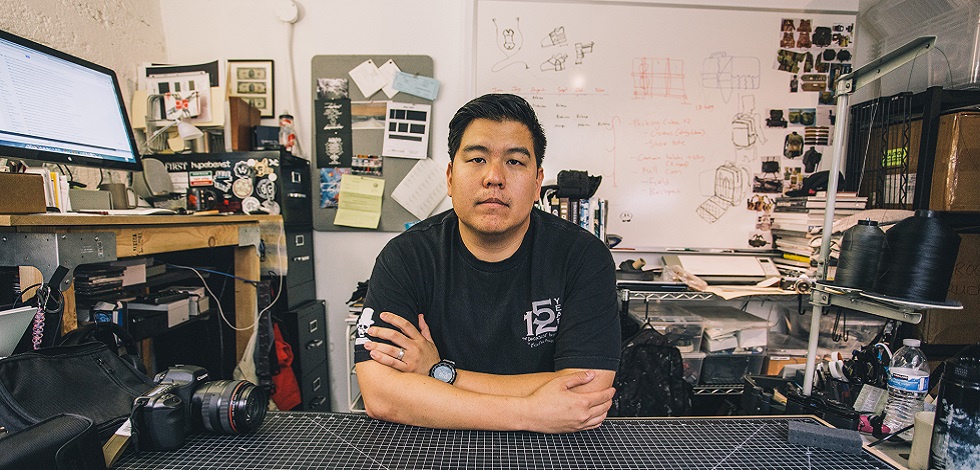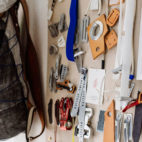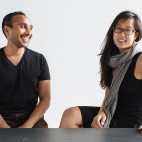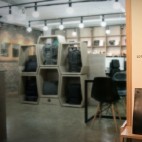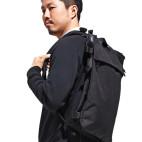5 Minutes with DSPTCH
Taking inspiration from military and tactical design and applying it to solutions for EDC needs, DSPTCH have carved out a reputation for durable and functional goods that lend themselves to travel, commutes and tech carry. Having expanded offerings from camera straps to encompass a range of items including bags, cases and other camera accessories, the brand has come a long way since being founded in 2010. We caught up with founder Richard Liu to chat design motivations and challenges, as well as new developments to look out for…
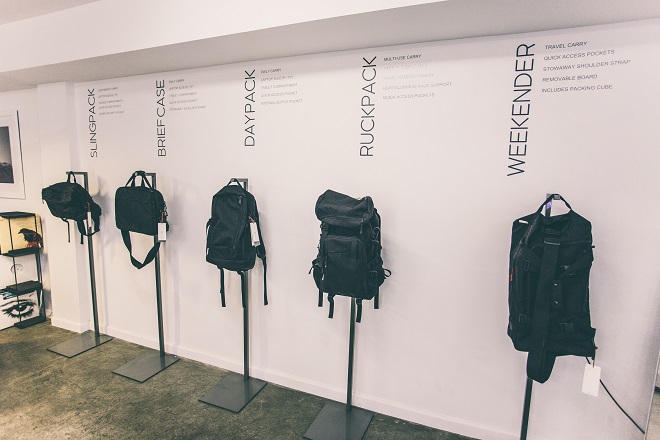
What key insights drive your stuff?
There are a few different aspects when it comes to our product development, but the most important of them is functionality. I get most excited about re-thinking ways to protect/carry your items in your bag, particularly since the items that we carry with us are evolving every year. In contrast, however, I also don’t feel the need to try and change the way something is carried just for the sake of being different.
There are a lot of methods that I’d say don’t need much, if any, improvement so it’s more about incorporating tried and true methods with some enhanced functionality.
Aside from the functionality aspect, I care just as much about durability and visual appeal. Our team is always striving to make our products highly versatile, both in their usage and the type of person who would use them. I feel proud of the fact that we have a wide range of customers from all different industries and backgrounds.
What made you branch out from camera straps to bags?
We sold camera straps exclusively for the first 2 years of the company. At that point I wasn’t sure if we were on to a product or a company, so I spent a good amount of time our second year figuring out a way for us to continue our growth. We could have continued to iterate off of the camera accessories (easier to sustain growth but less growth potential) or go off to a completely different category while reapplying the same methods that helped make our camera strap (higher risk but much more long-term opportunity). We went with the latter and have had no regrets since.
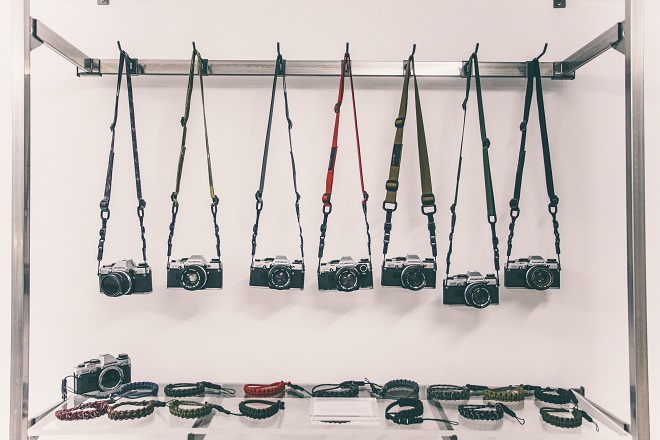
What did you find was the biggest challenge in developing an initial bag range?
The biggest challenge was finding what our place would be in the bag and carry world. Answering questions like: What will we be offering that’s different from what’s out in the market? Why would people care about a bag line from us? Do we have enough “tricks up our sleeve” even if we were able to have some early success? Figuring out what our message would be and if there would be enough people to care about what we were saying. We wouldn’t be satisfied with bags and cases that just looked a bit different; we wanted to make sure we would be able to bring something fresh and in demand from a functionality standpoint.

Who else is doing rad things in the world of carry? And why do you think they’re important…
It’s easy to get lost in admiration for all of the great stuff going on in the carry world. I have a lot of respect for the team over at Côte&Ciel for the boundaries they’re pushing from a design perspective while still paying a lot of attention to how people use their products.
I like what’s going on with the Boreas team and their innovative new systems to carry. They’re doing a great job of ensuring there are new improvements each time they revise their bags, something that is very refreshing and oftentimes left by the wayside for some of the more established bag brands.
ACRONYM’s 3rd Arm is also an example of a product line unwilling to compromise on materials and technology when developing new products. It may not be accessible price-wise to all, but they’re constantly re-thinking their designs and how they work with new devices and accessories. As a designer, this is the kind of product that you aspire to create on your own one day.
Companies like these are important because they’re bringing new products and ideas to market vs. companies designed to just react to consumer demand. I really respect their boldness in developing items based solely on personal perspective rather than sales reports, it’s not an easy task.
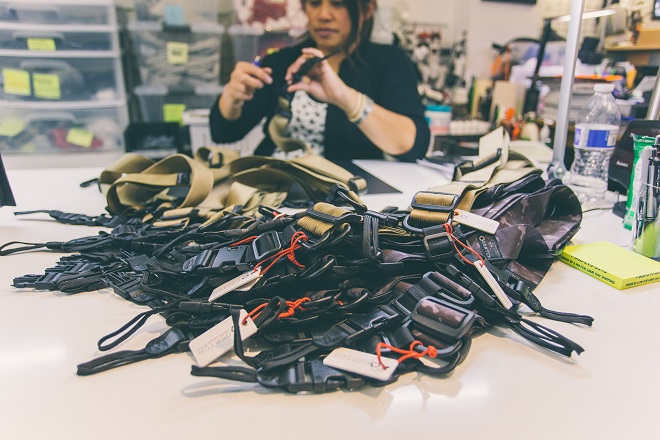
Are there any things other brands do that you think are great or could be improved?
One of the most refreshing things that I find about the carry world is that there really isn’t a ranking system. Sure, some companies sell more product than others but that doesn’t necessarily mean their products are great (and vice versa). It really just comes down to perspective and your ability to carry it out. I think having the freedom to carry out your vision is true success and based on that, I’m in no position to judge who could be improved. Some elements will work for you and some elements will work for others. As long as your audience provides the means to support your vision, then you’ve succeeded. My support for other companies is pretty universal within this community.
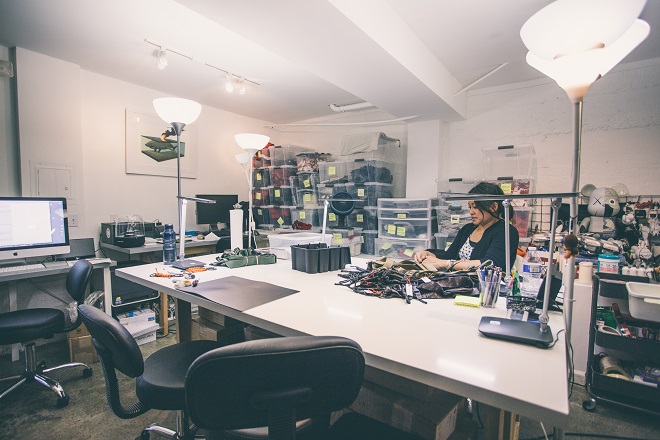
What’s next for you guys?
We will have a few new bag styles launching before holiday this year, as well as the introduction of new colors and fabrics to some of our existing styles. I’m very excited to break out of black-only bags and I think it will really help some of our design “come alive”, so to speak. We’re also going to be going back to our roots in camera gear and hopefully have some exciting new offerings early next year.
What do you carry daily and how?
I don’t carry much these days, particularly since I’m constantly moving my workstation. I do always carry a sketchbook to jot down ideas and sketches as I see different solutions to problems in day-to-day interactions.






 Carry Awards
Carry Awards Insights
Insights Liking
Liking Projects
Projects Interviews
Interviews
